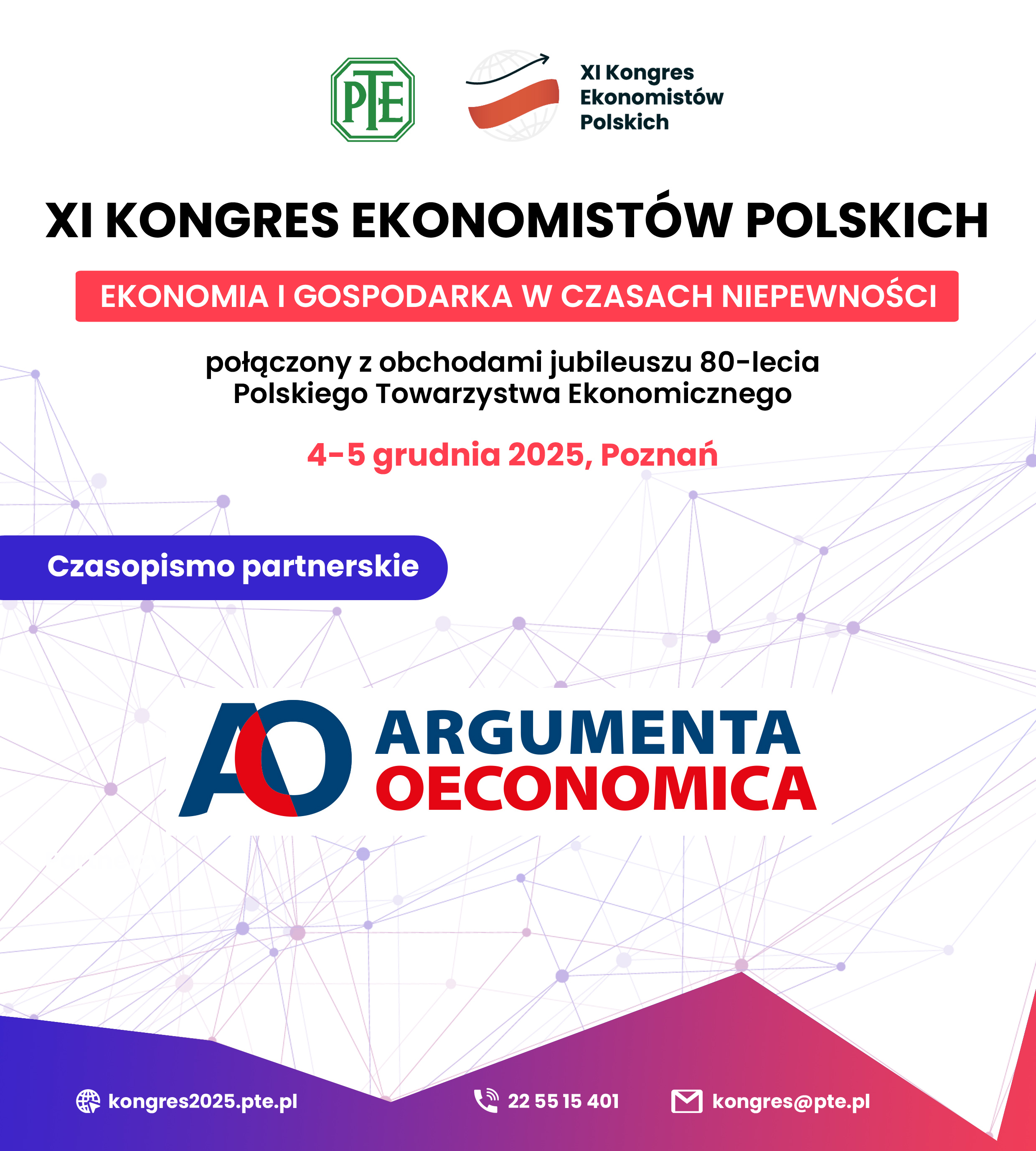Purchasing Power Parity in Belt and Road Initiative Countries Relative to China
Abstract
This paper used the Panel KSS unit root test accompanied by a Fourier function and Sequential Panel Selection Method (SPSM) to check the non-stationary properties of purchasing power parity (PPP) in Belt and Road Initiative (B&R) countries relative to China. The authors classified B&R into 21st-Century Maritime Silk Road (MSR) and Silk Road Economic Belt (SREB) to discuss the differences in PPP between the two groups. Stationary and non-stationary series in SREB and MSR can be picked out through this approach, which provided evidence that PPP holds in most countries in both regions. However, the percentage of countries that support PPP in MSR is higher, which is mainly due to closer unimpeded trade, facilities connectivity, policy coordination and financial integration between MSR countries and China. Hence, the main policies implicate that the equilibrium exchange rate can be determined by PPP, and it is unfeasible to obtain abnormal gains from arbitrage in exchanged commodities in the majority of B&R countries.(original abstract)Downloads
Download data is not yet available.
Downloads
Published
2021-01-30
Issue
Section
Articles
License
Copyright (c) 2021 Lu Liu

This work is licensed under a Creative Commons Attribution-ShareAlike 4.0 International License.







